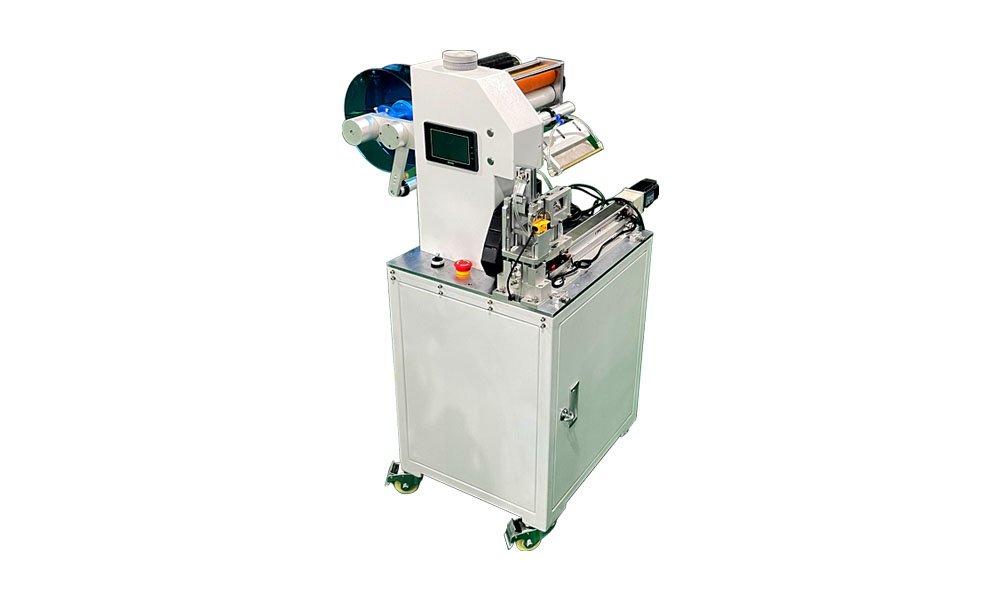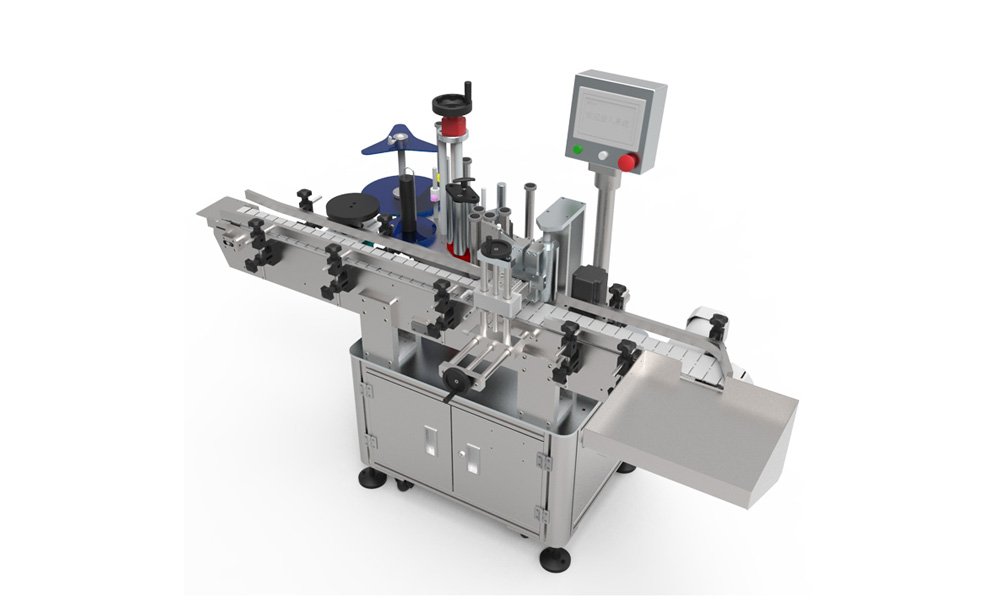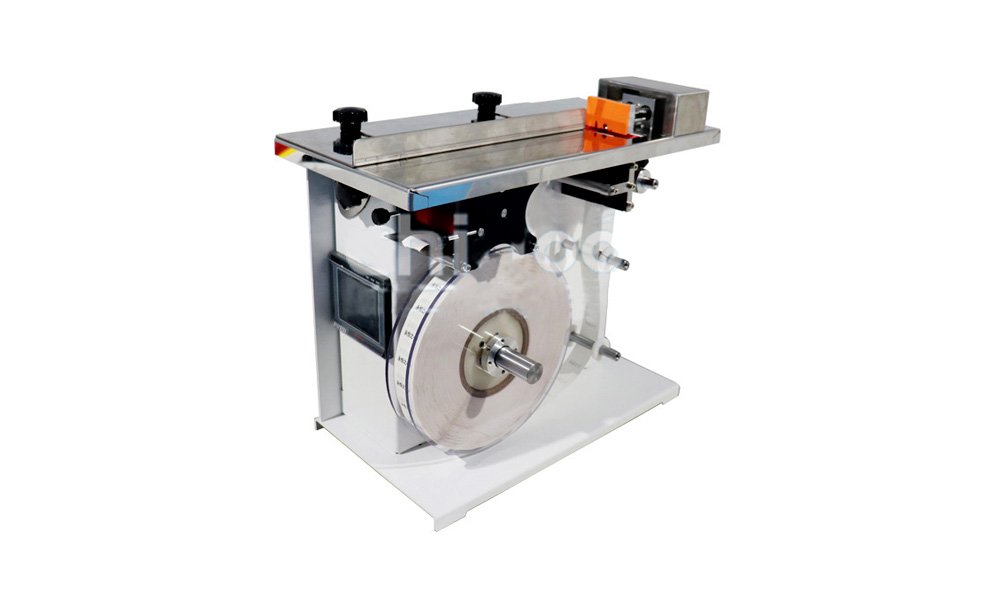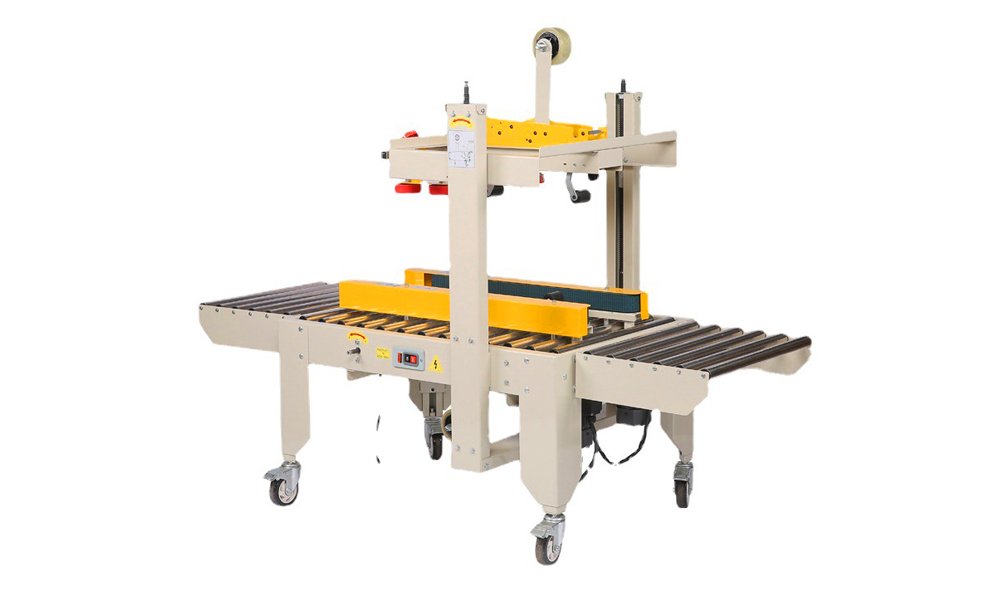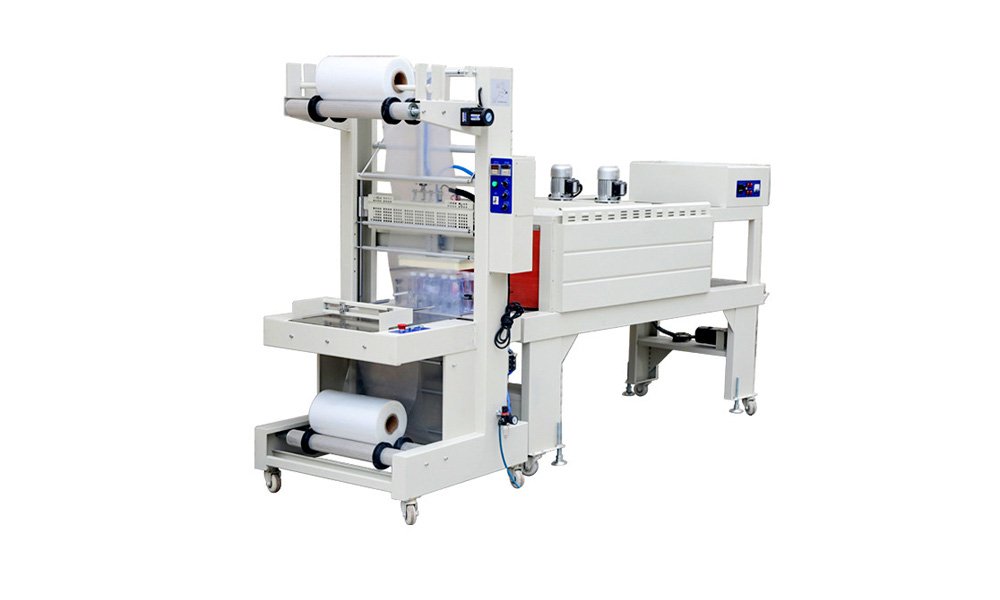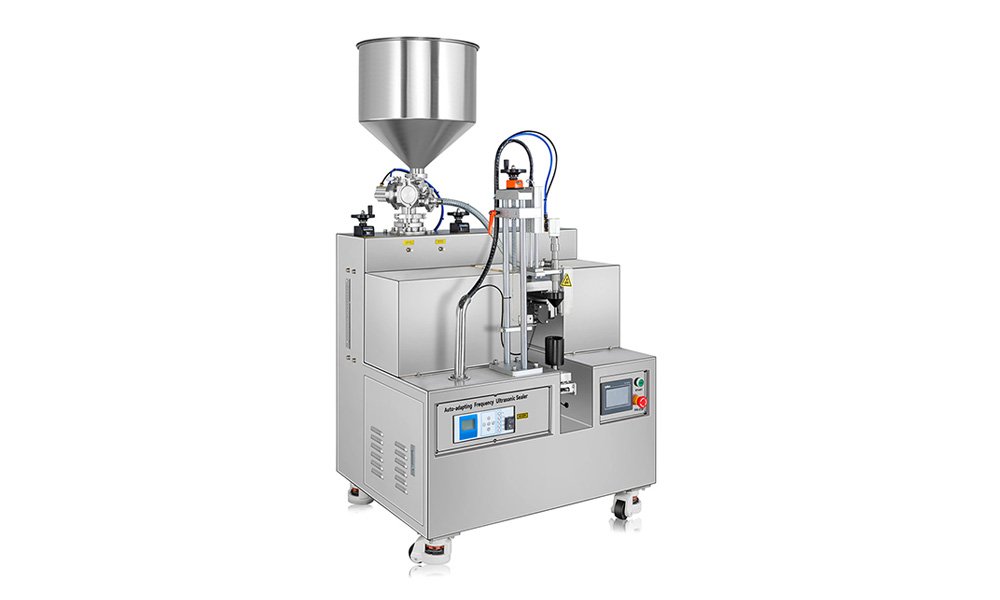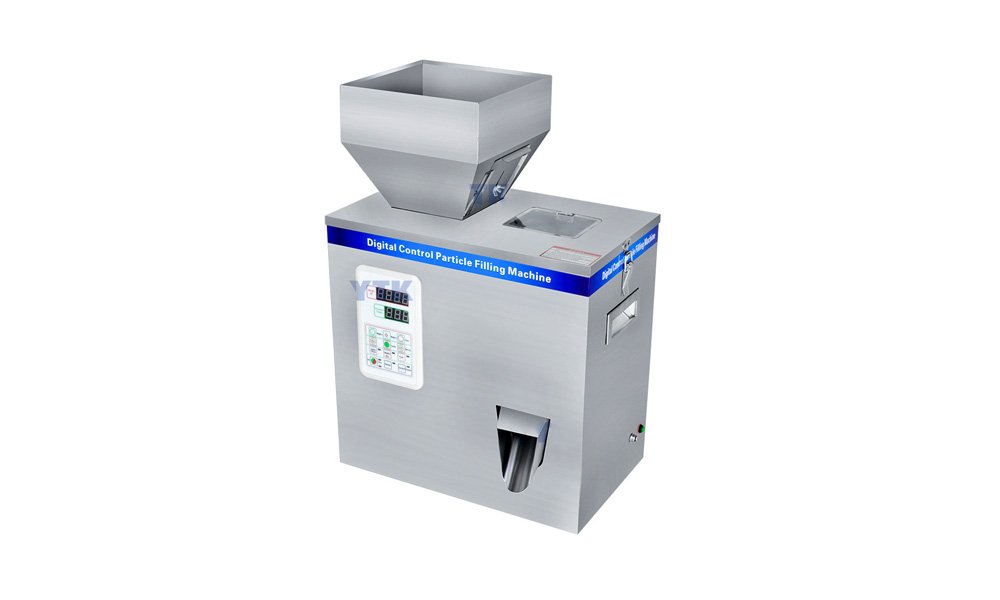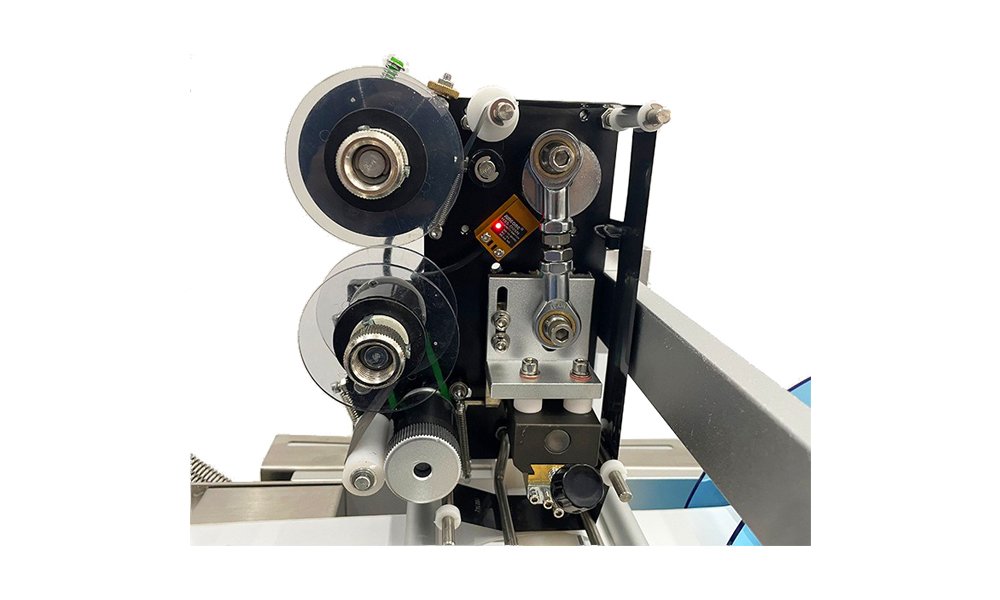A lot of businesses struggle with equipment breakdowns, which affect production efficiency. This leads to unplanned downtimes, loss of revenue and delayed deliveries. Knowing the durability of semi-automatic compared to fully automatic machinery will help you make the right choice.
Fully automatic machines are generally more durable for high-volume, continuous production. However, semi-automatic machines are often better suited for low to medium volumes due to fewer mechanical components.
You need to know the durability of each machine and what your business needs.
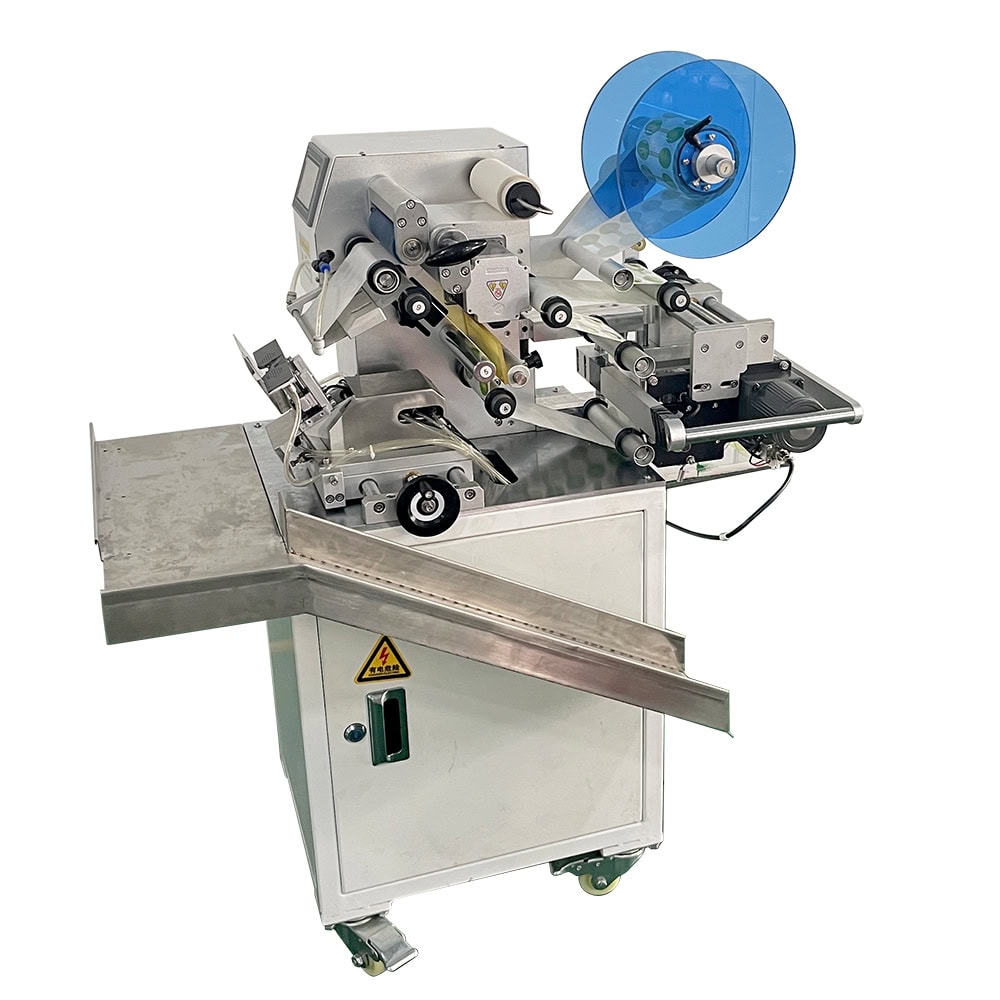
Durability of Semi-Automatic Labeling Machines
Semi-automatic labeling machines are known for their simplicity and versatility, which is why they are so popular with small to medium-sized businesses. Because they have fewer moving parts, they don’t wear out as quickly, which extends their life. One of the big advantages is they don’t require as much maintenance. This is great for businesses that don’t run twenty-four hours a day.
Semi-automatic labeling machines have the ability to be customized to fit different product sizes and labeling needs. This makes them durable in operations where there are frequent changes in the products being labeled. However, they may not be suitable in large production environments where you need to run continuously.
The lack of automation in semi-automatic machines can lead to slower production speeds and more manual involvement, which can result in inconsistencies in long-term durability under heavy use.
Even though semi-automatic machines are great for precision labeling in smaller batches, they might not hold up if you push them to do the work required for high-volume production. This can result in more maintenance and potential breakdowns.
Durability of Fully Automatic Labeling Machines
Fully automatic labeling machines are built for large-scale, high-efficiency production. They are made of more durable materials to handle continuous operation and are better able to resist wear and tear over time.
One of the things that contributes to their durability is the advanced technology used in them, including automatic sensors and control systems that take the strain off the mechanical parts. This reduces the number of times they break down and increases the time between necessary repairs.
Another thing that makes fully automatic labeling machines more durable is they can take more of a beating. Whether you are labeling bottles, packaging, or something else, these machines are designed for efficiency to minimize downtime and make sure the labeling process is done accurately and quickly. Because they are built tough, they maintain their high level of performance even with constant use.
The downside to fully automatic machines is that they are more complicated, which means they require more specialized maintenance and a larger upfront investment. While that might seem like a disadvantage, the long-term durability and lower operating costs make fully automatic machines an attractive option for those businesses that need to focus on high-volume, continuous production.
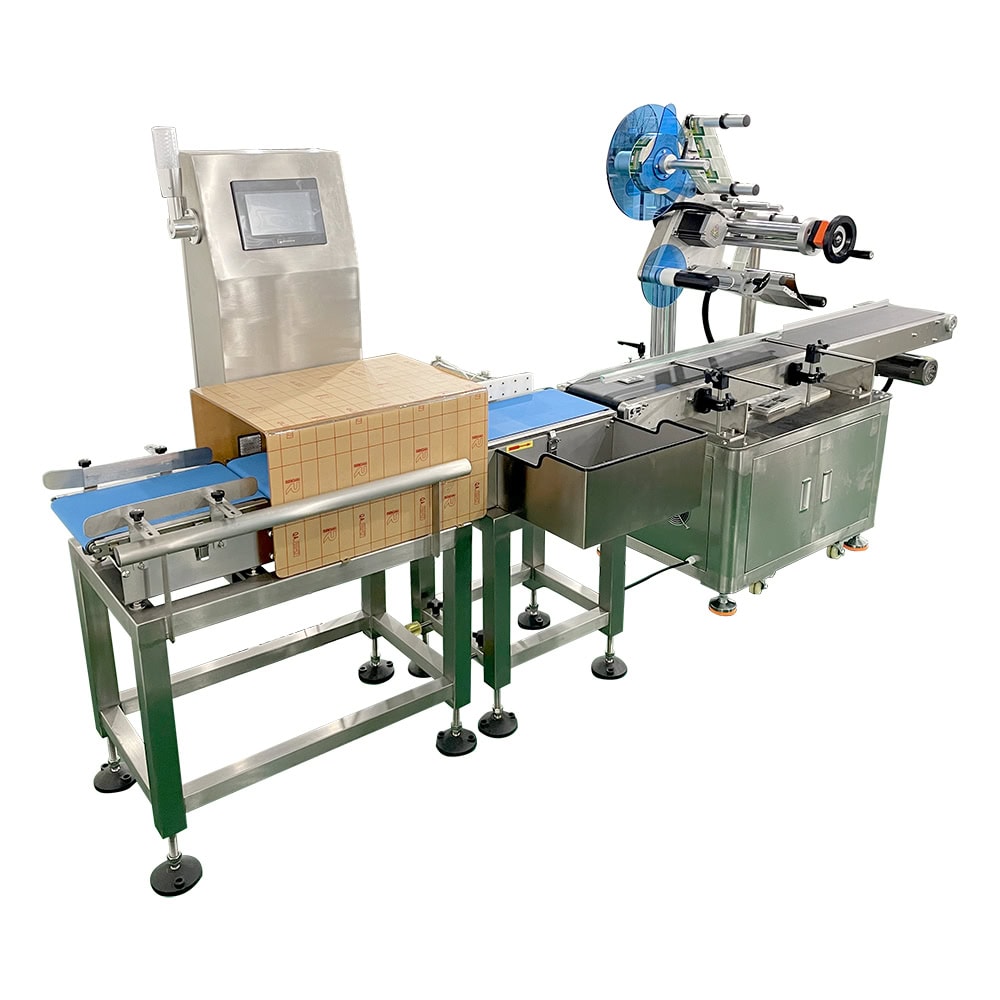
Durability Comparison for Packaging Machines
When comparing the durability of semi-automatic and fully automatic packaging machines, there are a few things to consider. Semi-automatic packaging machines have simple mechanisms that don’t require as much maintenance.
This makes them durable for businesses that are doing small to medium volumes of packaging where speed isn’t critical. However, if you’re in an environment where you need to do fast, high-volume packaging, you may have a hard time because the wear and tear of running all the time will wear them out.
Fully automatic packaging machines, on the other hand, are built to last in large operations. They are made to run all the time and have advanced features like automated sealing and material handling, which reduce the chances of things going wrong and resist wear and tear over time. Because they run at high speeds and are able to maintain consistent performance, they are more durable in high-output environments.
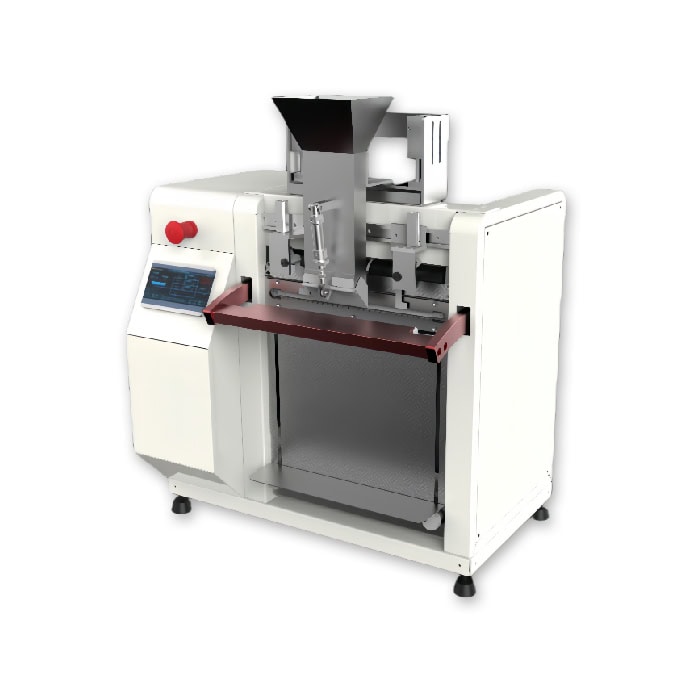
Durability of Semi-Automatic vs. Fully Automatic Filling Machines
Semi-automatic filling machines are great for small and medium production runs. They are durable because they are simple, with fewer mechanical parts and less automation.
Because of this, they are easier to maintain and repair, especially if your production isn’t running twenty-four hours a day. If you are a business that makes smaller batches of liquids, powders, or capsules, semi-automatic filling machines are a good, durable option.
Fully automatic filling machines are made for large operations. They are made to be very precise and run all the time. They are built with tough components to hold up to the wear and tear of filling a lot of stuff.
While semi-automatic filling machines may work for you if you have lower production needs, you need fully automatic machines if you need to run all the time and be more efficient.
Maintenance and Cost Implications
Maintenance is a big factor in the durability of both semi-automatic and fully automatic machines. Usually, fully automatic machines don’t require maintenance as often because they have better technology and are made with tougher parts. However, when you do have to maintain them, it’s usually more involved, requires a specialized technician, and costs more.
On the other hand, semi-automatic machines are easier to maintain and can typically be repaired in-house. Because they are often used in more labor-intensive environments, they might need more maintenance, especially if you are in a high-output situation. While semi-automatic machines are usually cheaper upfront, they can end up costing you a lot more in the long run if you push them beyond what they are designed to do.
In terms of durability, fully automatic machines are going to be more cost-effective for you if you have high production demands. They’re going to cost you more to buy, but you’re going to save money in the long run on maintenance and the fact that they last longer. Semi-automatic machines might be cheaper for you to buy, but they could end up costing you more money in the long run if you have to repair them all the time and have a lot of downtime.
Conclusion
Fully automatic machines are usually more durable for high-volume production. Semi-automatic machines are more durable for small to medium businesses with lower production needs.

